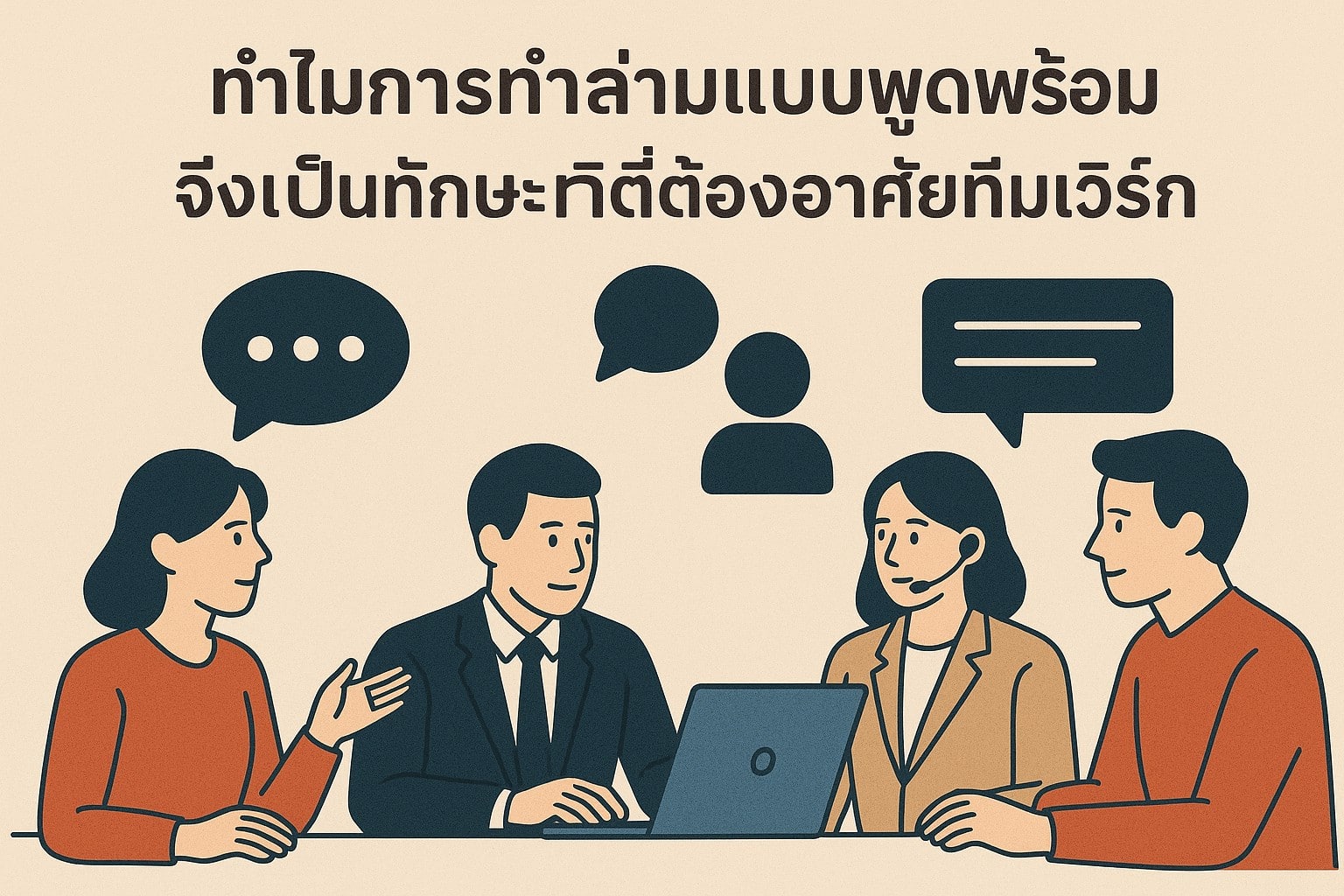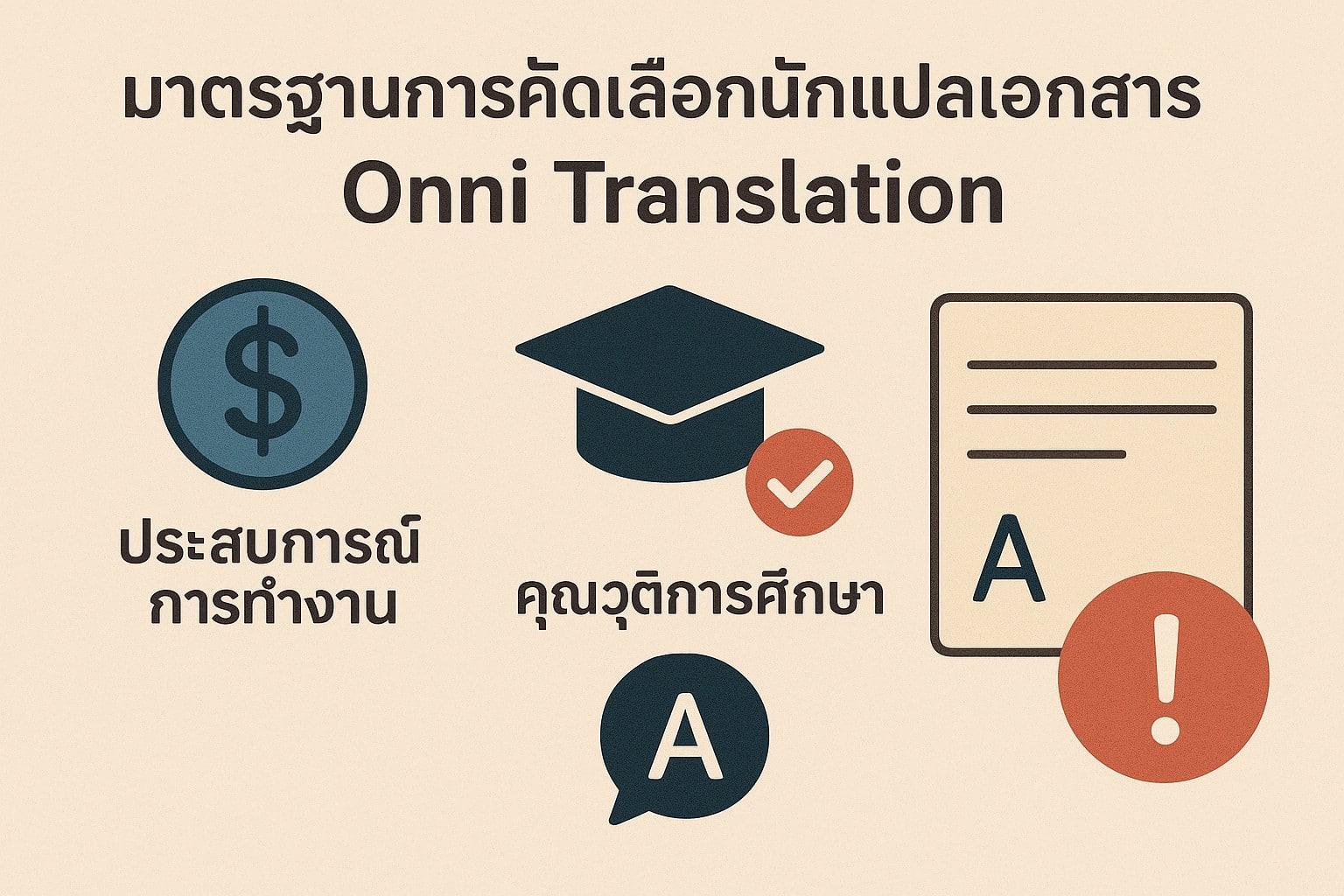
The Distinct Roles of a Conference Interpreter and a Tour Guide
In the realm of language and communication, professionals like conference interpreters and tour guides play crucial roles, yet their functions are distinctly different. While both involve facilitating communication, they do so in vastly diverse settings and with unique skill sets. Let’s explore how a conference interpreter stands apart from a tour guide.
1. The Context of Interaction
**Conference Interpreter: Breaking Down Language Barriers in Meetings and Summits**
Conference interpreters are the linguistic bridge-builders in high-stakes environments such as international conferences, business summits, and diplomatic meetings. Their primary focus is on facilitating communication among participants who speak different languages. Whether it’s simultaneous interpretation in a UN assembly or consecutive interpretation at a global economic forum, their goal is to ensure that every voice is heard, regardless of the language spoken.
**Tour Guide: Storytelling and Cultural Immersion**
On the flip side, tour guides are the storytellers and cultural ambassadors, guiding visitors through historical sites, cities, or natural wonders. Their expertise lies in presenting information in an engaging manner, providing historical context, and offering insights into local culture. Tour guides create an immersive experience for their audience, fostering a connection between travelers and the destinations they explore.
**2. Skills and Expertise**
**Conference Interpreter: Linguistic Precision and Real-Time Thinking**
Interpreters are language virtuosos, possessing an exceptional command of multiple languages. Simultaneous interpreters, in particular, excel in quick thinking and real-time translation. Their skills include a deep understanding of various subjects, cultural nuances, and the ability to convey messages accurately, all while maintaining pace with the speaker.
**Tour Guide: Storytelling, Historical Knowledge, and People Skills**
Tour guides are not just walking encyclopedias; they’re adept storytellers with a passion for history and local lore. Their expertise lies in crafting narratives that captivate their audience, making historical or cultural information accessible and enjoyable. Beyond knowledge, successful tour guides possess excellent people skills, ensuring a positive and interactive experience for their group.
**3. Settings and Environments**
**Conference Interpreter: Boardrooms to Summit Halls**
Conference interpreters find themselves in diverse settings, from corporate boardrooms and international summits to diplomatic meetings and trade conferences. They adapt swiftly to the formality and complexity of these environments, ensuring effective communication among participants with distinct cultural and linguistic backgrounds.
**Tour Guide: Open Air to Museum Galleries**
Tour guides, on the other hand, lead groups through a spectrum of settings, from outdoor landscapes and bustling city streets to museum galleries and historical sites. Their adaptability lies in creating engaging experiences for a varied audience, from families with children to seasoned travelers seeking in-depth cultural insights.
**Conclusion: Bridging Worlds in Different Ways**
While both conference interpreters and tour guides share the common thread of facilitating communication, their distinctions become clear when we consider the unique demands of their respective roles. Interpreters weave linguistic bridges in formal, high-stakes settings, fostering global dialogue, while tour guides craft immersive experiences, bringing destinations to life through stories and cultural insights. Together, they contribute to a world where understanding and connection transcend language barriers, whether in a boardroom negotiation or a guided tour through historical wonders.



